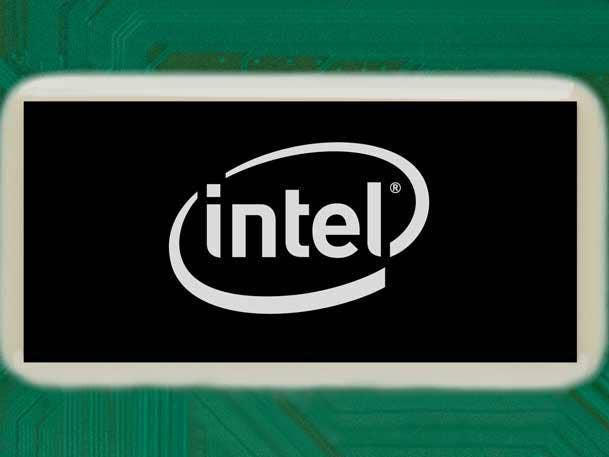Intel Delays Sapphire Rapids Xeon CPU Production To Q1 2022
Intel says it’s delaying production of Sapphire Rapids, the 10-nanometer Xeon Scalable successor to the recently launched Ice Lake server CPUs, because of extra time needed to validate the CPU.

Intel has delayed production of its next-generation Xeon Scalable CPUs, code-named Sapphire Rapids, to the first quarter of 2022 and said it will start ramping shipments by at least April of next year.
The Santa Clara, Calif.-based company disclosed the delay in a Tuesday blog post by Lisa Spelman, head of Intel’s Xeon and Memory Group, who teased the CPU’s new microarchitecture as well as two features that will be new to the Xeon lineup: the next generation of Deep Learning Boost and an acceleration engine called Intel Data Streaming Accelerator.
[Related: Intel Reorganization: 8 Big Changes Made Under Pat Gelsinger]
Spelman said Intel is delaying Sapphire Rapids, the 10-nanometer successor to the recently launched Ice Lake server processors, because of extra time needed to validate the CPU.
“Given the breadth of enhancements in Sapphire Rapids, we are incorporating additional validation time prior to the production release, which will streamline the deployment process for our customers and partners. Based on this, we now expect Sapphire Rapids to be in production in the first quarter of 2022, with ramp beginning in the second quarter of 2022,” Spelman wrote.
In multiple statements last year, Intel said it was aiming to start shipping Sapphire Rapids in 2021, but the goalposts started to move in recent months, with new CEO Pat Gelsinger saying in March that Intel was aiming for the CPU to enter production “around the end of the year.” In Intel’s Computex 2021 keynote at the beginning of this month, Spelman said Sapphire Rapids was set for a 2022 launch.
It’s not clear how much of a setback the production delay is, but Intel’s processors using next-generation manufacturing processes like 10 nanometer and 7 nanometer have faced multiple delays over the years, which has given an extra edge to rival AMD and companies developing Arm-based CPUs. That has helped AMD grow its x86 CPU share in the server market to 8.9 percent. AMD has also quadrupled its share of the top 500 supercomputers in the world in a matter of one year.
The delays are a major reason why Gelsinger, who became CEO in February, has made execution a top priority for the company as he works to bring the company back to “unquestioned leadership.”
“Customers must be able to rely on Intel for their products and their strategies for the future,” he said in a letter to employees in February. “While we must set aggressive targets to regain share and leadership, they must also be achievable and done with the highest quality.”